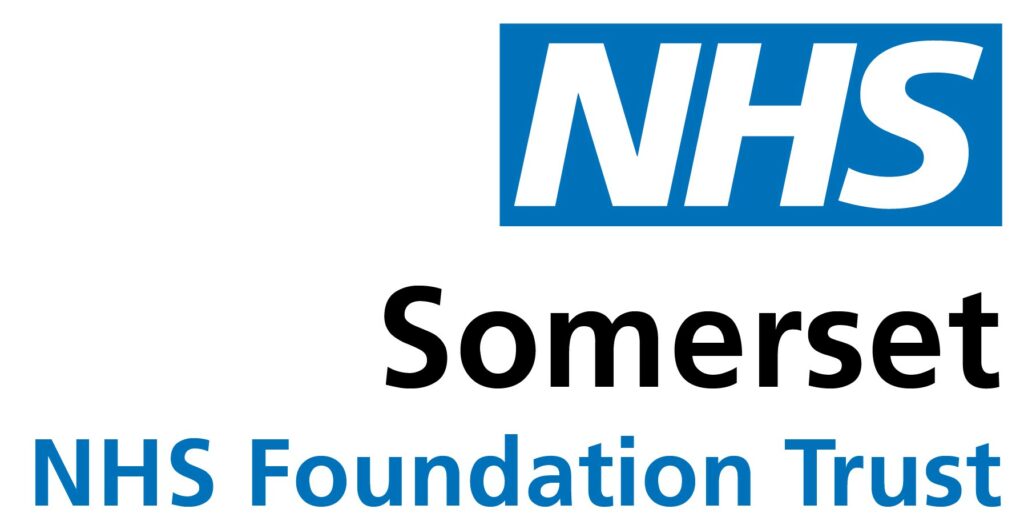Our services
Gynaecology is a branch of medicine that specialises in the female genital tract pelvis, ovaries, tubes, uterus (womb), cervix (neck of the womb), vagina and vulva.
You will be seen in general gynaecology outpatients if you are suffering from:
- abnormal bleeding, heavy periods, bleeding in between periods
- pelvic pain, chronic pelvic or lower abdominal pain or painful periods
- pain during sex
- ovarian cyst seen on ultrasound scan
- large uterine fibroids
- recurrent Bartholins cyst / abscess
- severe pre-menstrual syndrome
- menopause problems
During your outpatient appointment you will be seen by a consultant or registrar. A healthcare assistant will be present during your consultation. It is common to require a vaginal examination with a speculum to look at your cervix (like when you have a smear) and also with 2 fingers to assess for pelvic pain and the size of your womb. You may have your abdomen examined at the same time. If you are happy, a medical student may also be present during your consultation and examination.
Most women attending gynaecology clinic will have already had a pelvic ultrasound scan performed. If you are attending for pelvic pain or abnormal bleeding, please can you ask your GP to arrange a pelvic ultrasound scan prior to your outpatient appointment.
Treatments
Treatment will depend on your likely diagnosis.
Common hormonal treatments that we advise for heavy periods and pelvic pain:
- Mirena coil (IUS) – these can be fitted at SWISH or by your GP. If you are having a hysteroscopy or laparoscopy they can also be fitted at the same time.
- GnRH injections – these block your ovaries from producing hormones inducing a menopause like state. These injections are used prior to surgery for endometriosis or fibroids.
Common operations that we perform include
Laparoscopy
Operative laparoscopy
An operative laparoscopy is an operation that allows the gynaecologist to operate inside the abdomen and pelvis without making large incisions on the skin. It is known as keyhole surgery. The advantages of keyhole surgery include a faster recovery, reduced scarring and less pain and bleeding.
Hysterectomy
Information regarding Hysterectomy.
Laparoscopic hysterectomy
Information regarding Laparoscopic Hysterectomy
Vaginal hysterectomy
Information regarding Vaginal Hysterectomy
Total abdominal hysterectomy
Information regarding a Total Abdominal Hysterectomy
Hysteroscopy
Hysteroscopy is a procedure that allows the gynaecologist to see inside the uterus (womb). A thin tube called a hysteroscope is inserted into the uterus. This has a light source and a camera, which shows images of the inside of the uterus on a television monitor.
Hysteroscopy is a quick day-case procedure and is usually performed in the outpatient setting. In more complicated cases a general anaesthetic may be required.
Hysteroscopy is used to investigate abnormal bleeding, infertility and to remove lost coils. A hysteroscopy might show:
- abnormal endometrium (lining of the womb)
- endometrial polyp (non-cancerous growths of endometrium)
- fibroid (muscular growth of the uterus)
- abnormal shape of the uterus
- adhesions (scarring on the inside of the uterus)
Novosure ablation (second generation ablation)
Burning of the lining of the womb to treat heavy periods
Myomectomy
Removal of fibroids from the outside of the womb.
Transcervical resection
Removal of fibroids from the inside of the womb.
